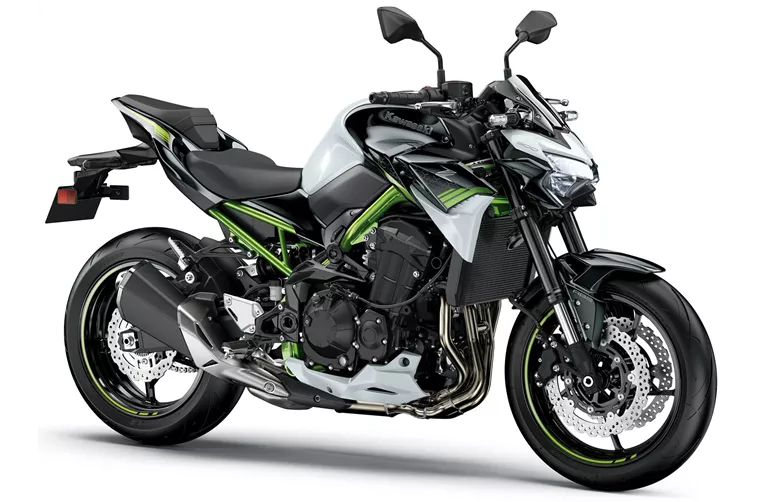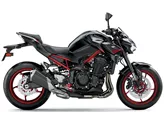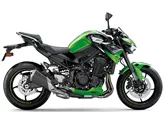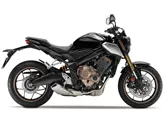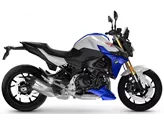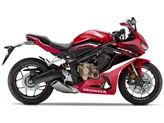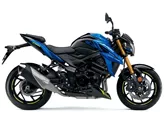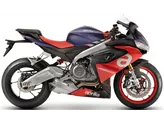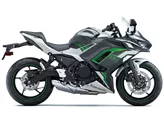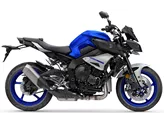Kawasaki Z 800 2013 vs. Kawasaki Z900 2020
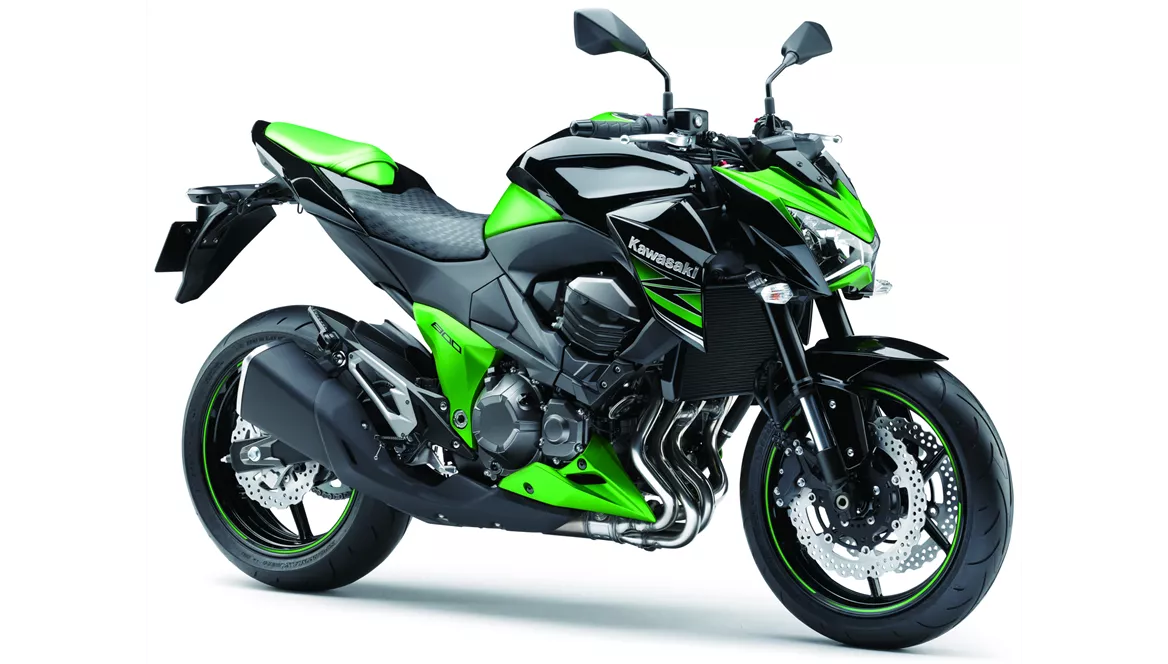
Kawasaki Z 800 2013

Kawasaki Z900 2020
Vue d’ensemble - Kawasaki Z 800 2013 vs Kawasaki Z900 2020
The Kawasaki Z 800 model year 2013 and the Kawasaki Z900 model year 2020 are both naked bikes with similar technical specifications. Both bikes have an in-line engine with four cylinders and liquid cooling. However, there are some notable differences between the two models.
In terms of engine power, the Kawasaki Z 800 2013 has 113 HP, while the Kawasaki Z900 2020 has a slightly higher power output of 125.4 HP. This increase in power translates to improved acceleration and overall performance on the Z900.
Similarly, the torque on the Z900 is also higher at 98.6 Nm compared to the 83 Nm on the Z800. This means that the Z900 will have better low-end and mid-range power delivery, resulting in a more responsive ride.
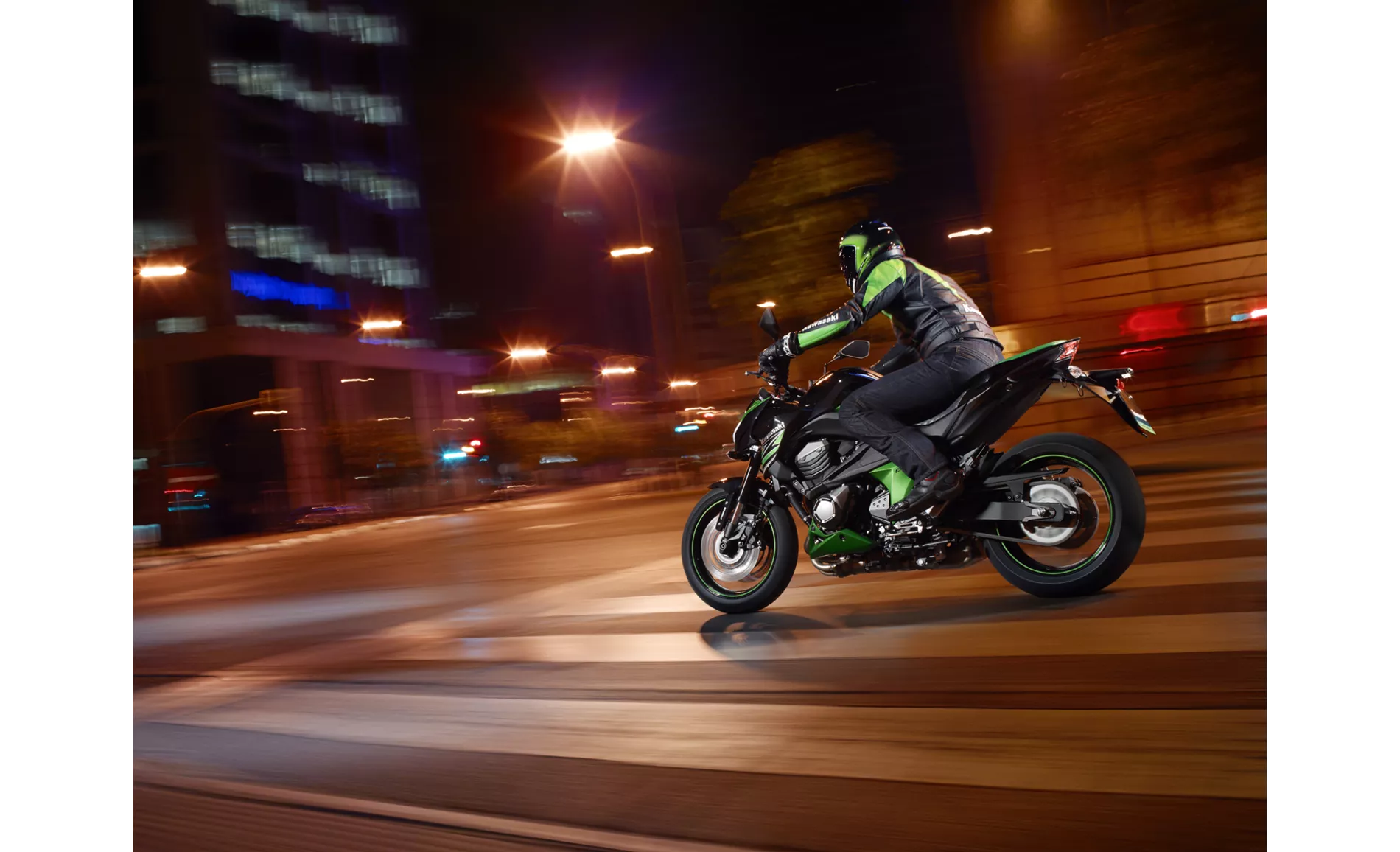
Kawasaki Z 800 2013
Both bikes feature upside-down telescopic forks for the front suspension, providing better stability and control. However, the Z900 offers additional adjustment options for the front suspension, including preload and rebound adjustments, allowing riders to fine-tune the suspension to their preferences.
The chassis on both models is made of steel and features a double cradle design, ensuring strength and stability. The braking system on both bikes consists of double discs with four-piston calipers, providing powerful and reliable stopping power. The technology used for the brake discs is petal, which aids in heat dissipation and improves overall braking performance.
In terms of dimensions and weights, both bikes have the same front and rear tire widths and diameters. The wheelbase on the Z900 is slightly longer at 1450 mm compared to the 1445 mm on the Z800. Additionally, the seat height on the Z900 is lower at 795 mm, making it more accessible for riders with shorter inseams.
Moving on to the strengths of each model, the Kawasaki Z 800 2013 is known for its eye-catching and chunky look. It offers confident acceleration and has relaxed geometry, making it comfortable for long rides. The powerful brakes on the Z800 provide excellent stopping power, ensuring safety on the road.
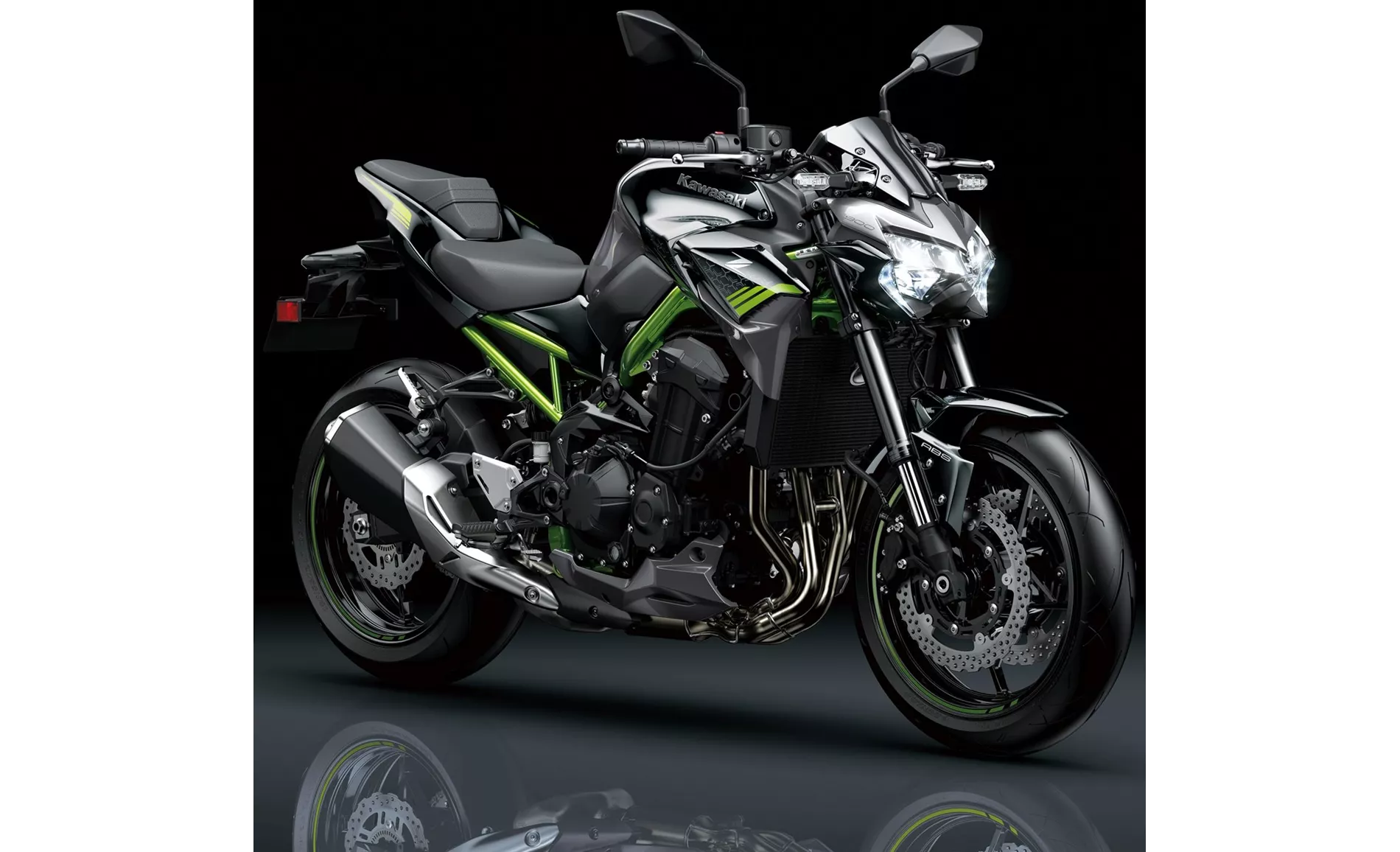
Kawasaki Z900 2020
On the other hand, the Kawasaki Z900 2020 boasts a powerful four-cylinder engine, delivering impressive performance. It has great handling, allowing riders to confidently navigate corners and curves. The Z900 also comes with good equipment, including modern features and technology. Its aggressive looks make it stand out on the road, and it offers excellent value for money.
However, both models have their weaknesses. The Kawasaki Z 800 2013 has limited freedom of movement for the legs, which may impact rider comfort on longer rides. The Kawasaki Z900 2020 has a menu navigation system that can be somewhat tiring to navigate, and it lacks the option for a quickshifter, which could be a drawback for riders who prefer quick and seamless gear shifts.
In conclusion, while both the Kawasaki Z 800 2013 and the Kawasaki Z900 2020 are impressive naked bikes with similar technical specifications, the Z900 offers some notable improvements in terms of power, handling, and equipment. However, it is important for potential buyers to consider their specific preferences and riding needs before making a decision between the two models.
Caractéristiques techniques Kawasaki Z 800 2013 par rapport à Kawasaki Z900 2020
Avantages et inconvénients en comparaison
Avantages et inconvénients en comparaison
Kawasaki Z 800 2013

Dans l'ensemble, la Z800 a livré une performance sensationnelle. Compte tenu du fait que rien n'a été modifié ou optimisé sur le véhicule, à l'exception du pot d'échappement Remus, le résultat final est superbe.
Kawasaki Z900 2020
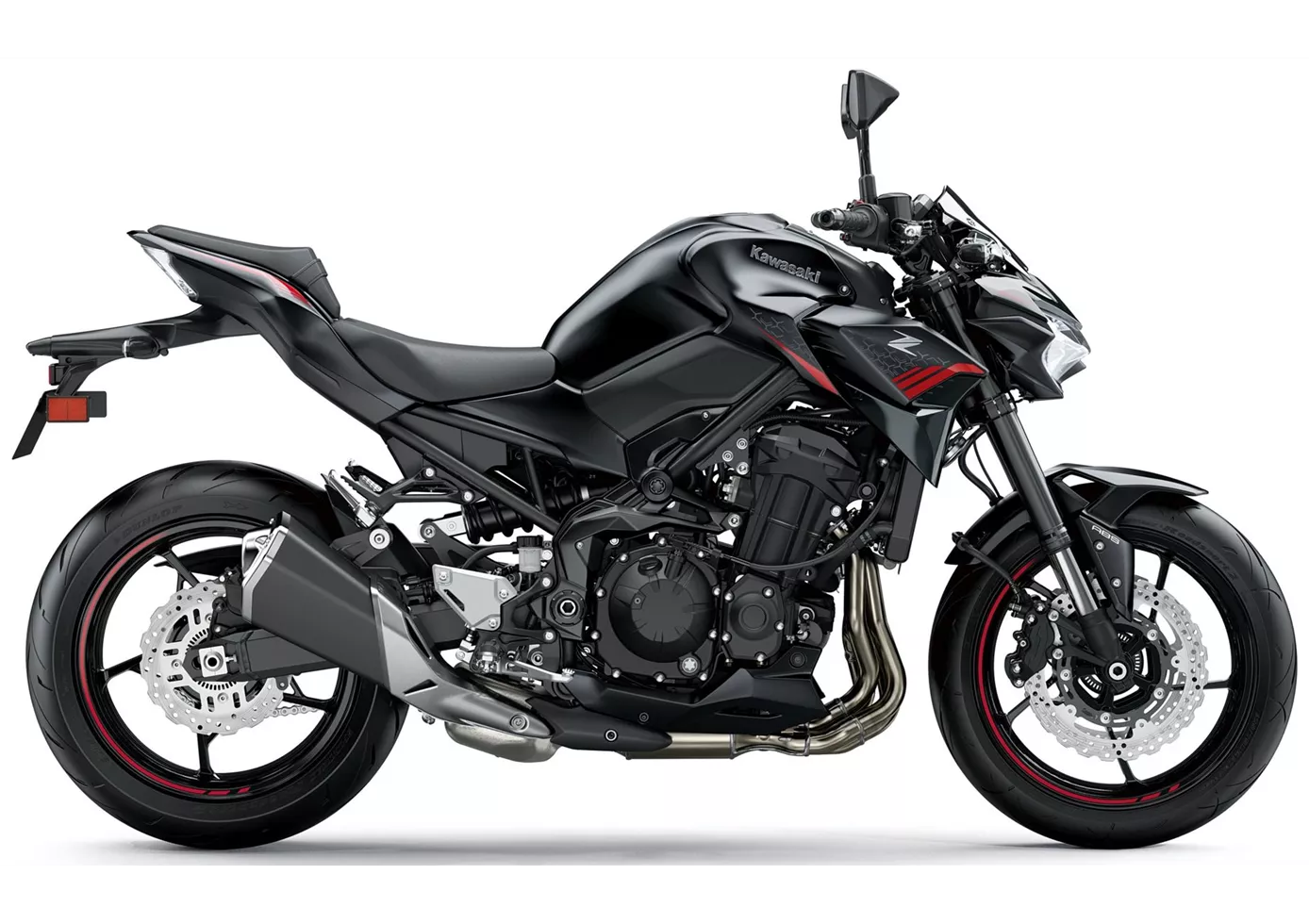
En termes de rapport qualité-prix, la Kawasaki Z900 est actuellement difficile à battre. Avec son moteur parfaitement réglé, ses composants de châssis de haute qualité et l'électronique ajoutée pour 2020, cette naked bike offre tout ce que les conducteurs sportifs recherchent. Il n'y a rien à redire, même si l'option Quickshifter aurait été un plus appréciable. En dehors de cela : un grand coup, Kawasaki !
Comparaison des prix Prix moyen du marché Kawasaki Z 800 vs Kawasaki Z900
There are a few key differences between a Kawasaki Z 800 2013 and a Kawasaki Z900 2020. In terms of price, the actual average price of a Kawasaki Z900 2020 is about 33% higher. Compared to Kawasaki Z900 2020 there are less Kawasaki Z 800 2013 bikes available on the 1000PS.de Marketplace, specifically 7 compared to 34. It takes less time to sell a Kawasaki Z 800 with 56 days compared to 124 days for a Kawasaki Z900. Since model year 2013 1000PS.de editors have written 11 reviews for the Kawasaki Z 800 and 46 reviews for the Kawasaki Z900 since model year 2017. The first review for the Kawasaki Z 800 was published on 9/6/2012 and now has more than 8,100 views. This compares to more than 93,200 views for the first review on Kawasaki Z900 published on 11/11/2016.

